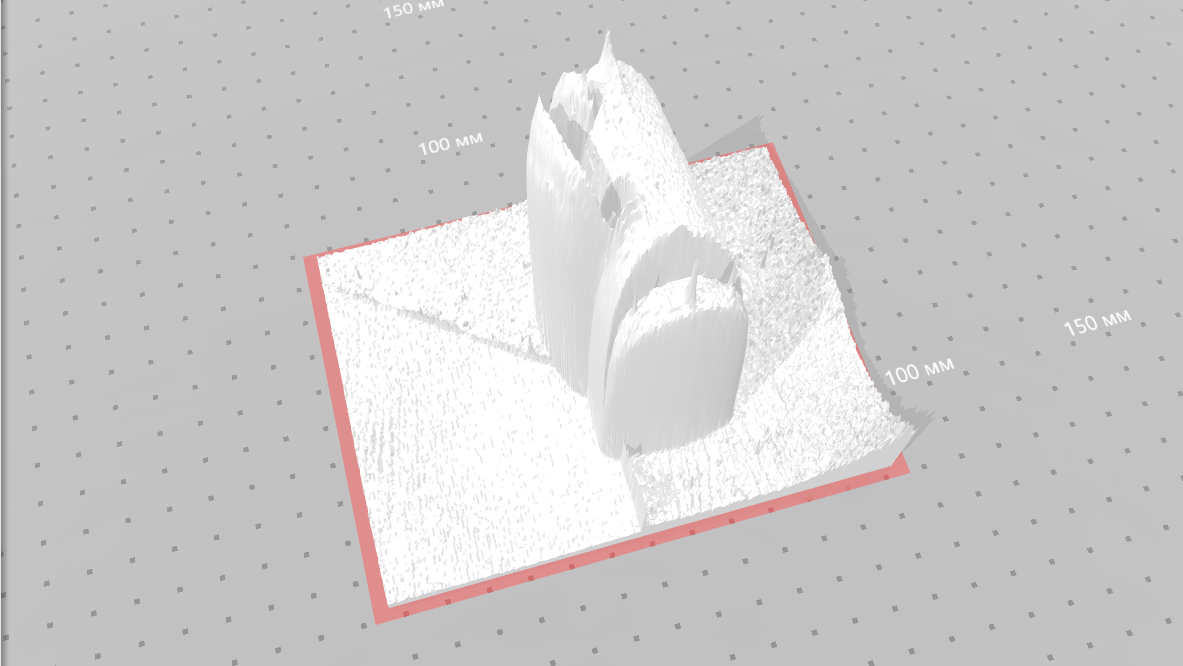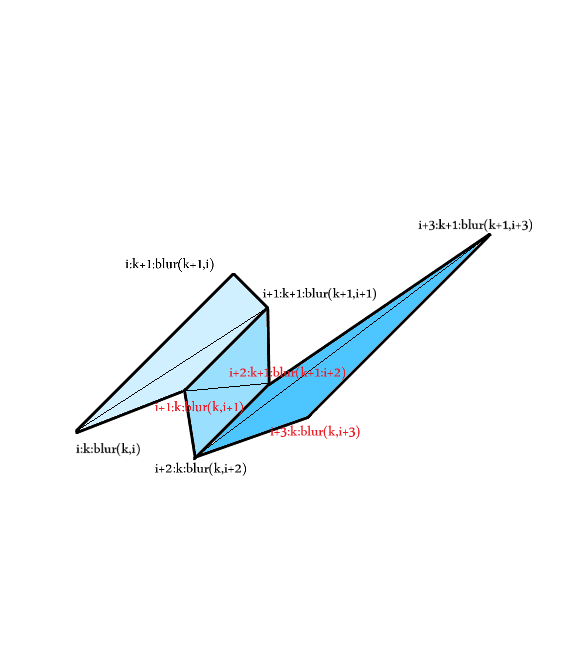哈Ha! 一旦我需要创建底部的3D模型,
本文中的更多内容 。 今天,我想谈谈如何创建Python 3的3D模型。有很多方法可以做到这一点:blender python api,Vpython ...但是我想告诉您如何仅使用Python来创建模型。

→
链接到GithubSTL
为此,您需要了解stl格式(流行的3D文件格式)的工作方式。
此格式的整个模型包含许多三角形,因此文件包含其顶点的3维坐标。
STL文件实心的
构面正常0 0 0
外循环
顶点0 0 0
顶点1 0 0
顶点1 1 0
端环
端面
构面正常0 0 0
外循环
顶点1 1 0
顶点0 0 0
顶点0 1 0
端环
端面
终固
例子
我想展示如何通过照片中像素的亮度来实现3D模型的创建。 我在下面拍了这张照片。

使用opencv库处理图像(略微模糊,以免亮度出现急剧跳变)。
import cv2 import numpy as np cd_1=['0', '0', '0']
下面是一个函数,该函数采用3个具有三角形顶点坐标的数组,并将1个三角形面写入文件。
def face_file_stl(cd_1, cd_2, cd_3): op_stl.write("facet normal 0 0 0") op_stl.write("outer loop") op_stl.write("vertex " + " ".join(cd_1))
现在最重要的是创建组成3D模型的三角形的顶点的正确坐标。

创建坐标的一段代码。
for i in range(size.shape[1]):
创建的3D模型实际上,这就是我想在下一篇文章之前写的全部内容。
整个代码 import cv2 cd_1=['0', '0', '0']